How to Make a Talking Head Video with or without AI
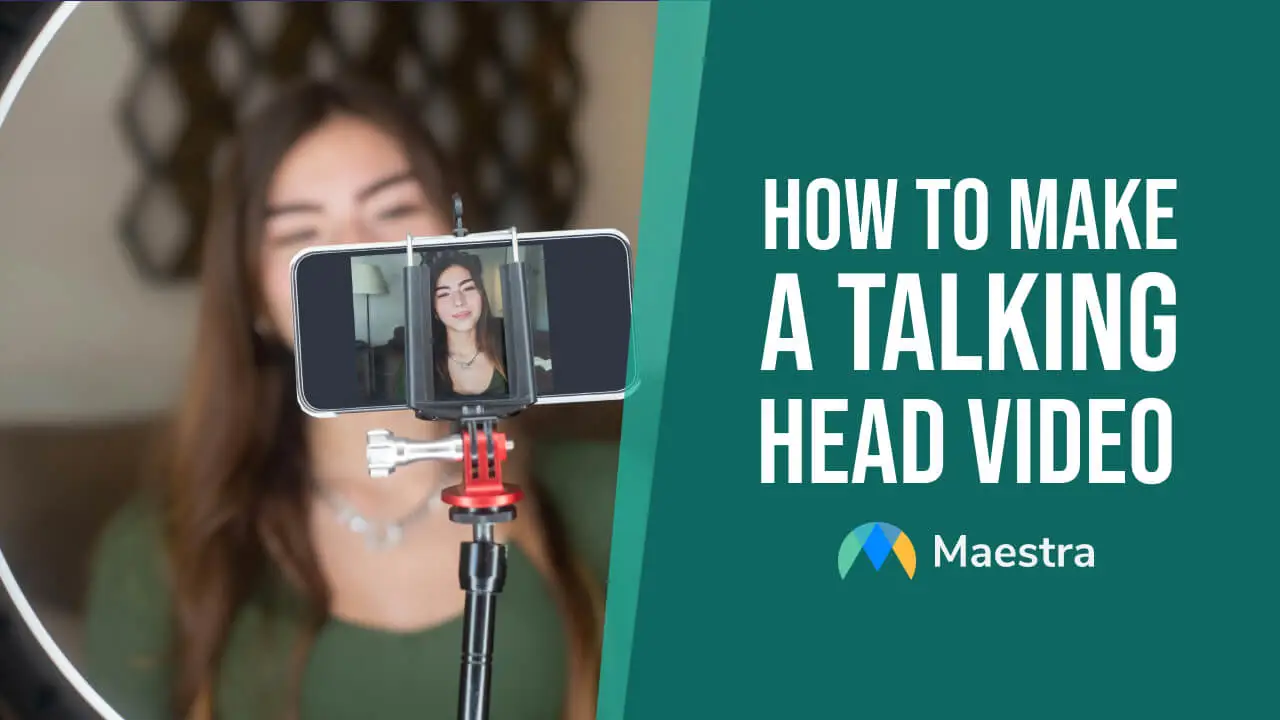
Want to shoot your first talking head video but don’t know where to begin? Maybe you already created some before and simply aim to improve the quality of your content, mastering the art of these audience-winning videos.
When done right, talking head videos can convey information effectively, forge a personal connection with your audience and even establish you as an expert in your area.
In this blog, we will explore how to make a talking head video by following certain steps, with or without the aid of AI tools. We will also take a look at different use cases and share 5 tips on crafting polished talking head videos.
What is a talking head video?
A talking head video is when someone speaks directly to the camera, generally to present information and address the audience. The person is framed from shoulders up, and sometimes from the chest up. The setting is simple to avoid distractions, allowing the viewer to focus on the speaker’s message.
Pros and Cons of Talking Head Videos
Talking head videos come with several benefits. They are more affordable compared to other video production styles, saving you money. Plus, they can help build trust with your audience, which is essential for business success.

Yet this type of video also has some cons. A talking head video can be pretty boring if the speaker isn’t particularly dynamic and engaging, causing viewers to zone out.
The lack of context can be another problem. Sometimes merely seeing a person talk is not enough to convey complex ideas, and visual aid might be necessary. In short, the effectiveness of a talking head video mostly depends on the speaker’s ability to captivate the audience and the strategic incorporation of visuals.
5 Talking Head Video Examples
There are 5 common types of talking head videos; each serving a different purpose and catering to a specific audience. Choosing the right format is crucial to powerful communication, whether you’re a content creator, marketer, educator or HR professional.
Explainer Videos
An explainer video is designed to communicate a concept, product or service in a simple and engaging way. These videos are like how-to guides that address needs and share solutions for pain points.
Check this explainer video on how to generate images with Midjourney.
Video Lectures
Video lectures involve an instructor delivering a lecture on a specific topic. These videos foster a personalized learning experience by enabling viewers review content at their own pace.
An example is this video lecture by Udemy on Excel’s GetPivotData function.
Product Reviews
Today many people share their experiences with a product or service via product review videos. Helping viewers make informed decisions, these testimonials build a sense of trust between the reviewer and audience. (Hello, influencer marketing!)
Here is a product review on the much-anticipated Apple Vision Pro.
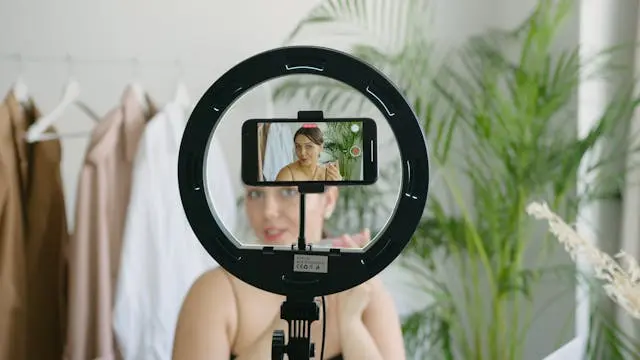
Corporate Videos
Corporate talking head videos are used by businesses for various purposes such as virtual onboarding, important updates and employee training. They ensure everyone receives the same information directly from the source.
Here Sal Khan shares a company update on Khan Academy’s new video series.
Interviews
Interviews strive to establish a connection between the interviewee and audience. The talking head style reinforces this by putting the spotlight on the interviewee’s expressions and body language, creating a sense of intimacy.
WIRED’s “Web’s Most Searched Questions” interview series might be one of our favorites.
How to Shoot a Talking Head Video
There are two main methods of making a talking head video. You can either shoot it in the old fashioned way or generate it with an AI tool. We’ll cover both step-by-step. Let’s start with the former one.
Write a Script
The video script will be your starting point. Don’t rush and think of your purpose and target audience before jotting down words. What value do you want to provide with the video? What is the desired outcome? Answer these questions that serve as the foundation for compelling video content.
Your script must follow a basic plot structure:
Set Up Your Equipment and Background
The following four things are crucial when it comes to the talking head video setup.
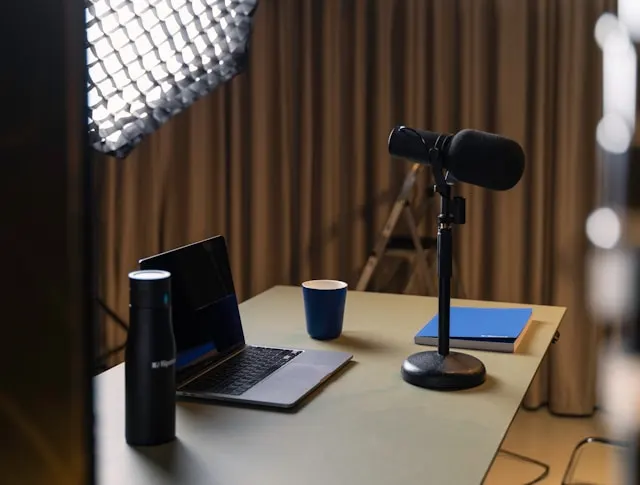
Practice Your Lines
Rehearse your video script beforehand to improve delivery. This will help you speak naturally and confidently when you’re on camera. Pay attention to pacing, tone, clarity and emphasis to enhance the effectiveness of your talking head video.
Adjust Framing
Follow the rule of thirds to adjust framing:
Check Your Environment
Check the environment for potential destructions or issues.
Do a short test recording after this environment check to make the final adjustments if necessary.
Start Recording
Start recording your talking head video once everything is set up. Don’t worry about perfection on the first take. Film multiple takes to provide options during the video editing process. Aim for a natural flow; speak a little slower and more clearly than you might in a normal conversation.
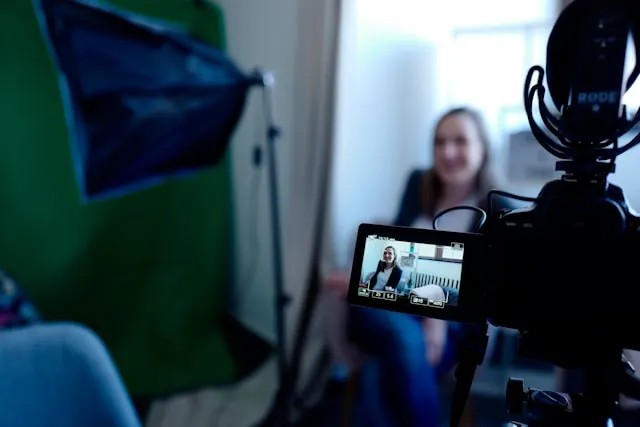
Edit the Video
A well-edited video can do wonders. Feel free to:
Tip: You can use Maestra’s AI subtitle generator to add subtitles to videos in 125+ languages. Just upload your video, select the target language and Maestra will generate auto subtitles instantly.
Export and Share
Ta-da! Your talking head video is ready to be shared with your audience.
How to Make a Talking Head Video with AI
There’s a second option if you don’t want to go through all these steps mentioned above. You can use an AI-powered talking head video generator as a productive shortcut.
Here are the pros and cons of using an AI video generator for talking head videos.
| Pros | Cons |
|---|---|
| AI generators can quickly produce videos in just a few minutes. | AI-generated videos can lack the warmth that comes with a human presenter. |
| They are easy to use and don’t require advanced technical skills. | Generated speech may contain errors or misinterpretations of your text. |
| They provide consistency in branding by maintaining a uniform look across videos. | AI models may follow templates that lead to less unique content. |
An AI video generator might be the right choice for you if you need to make talking head videos quickly or are not comfortable with being on camera. Let’s explore the steps you can follow.
Choose an AI Video Generator
There are many popular talking head video generators on the market like VEED, Synthesia and Lumen5. Choose one that aligns with your needs and offers customizable elements like background settings and text overlays. Experiment with free trials or limited plans before committing.
Craft Your Script
Crafting a script for AI requires consideration of several factors.
Select an AI Presenter
Most AI video generators have a variety of presenters with different ethnicities, ages, and genders. Do you want a serious, professional vibe or a more casual style? Pick the avatar that best suits the message and type of your talking head video.
Enter Your Script
Paste your script into the designated area of the platform. The tool will use text-to-speech technology for conversion, an AI talking head will narrate your script. Some platforms offer real-time previews, allowing you to fine-tune the content before generating the final video.
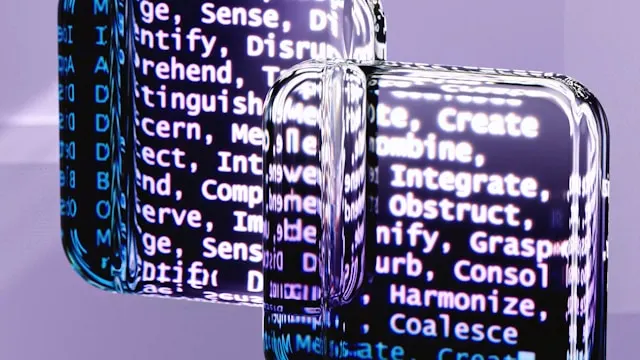
Experiment with AI Voices
This may be the most fun part. Don’t settle for the first voice you hear. Enjoy experimenting with various voices and accents, but choose one that matches your script as well as the visual style of your AI presenter. You can also adjust the pacing if needed.
Customize Your Video
It is time to edit and enhance your talking head video with the tool’s customizable elements. You can:
Review and Save
Carefully review the generated content and make the necessary adjustments. Once satisfied, proceed to finalize the process and save your video in the preferred format. You are now ready to share your polished AI talking head video with your audience!
Talking Head Video Tips
As we’re about to conclude our blog, we want to highlight 5 tips for creating impressive talking head videos.
Promote Accessibility
Promoting accessibility is paramount for the success of your video, and you can do it in several ways. For instance, adding subtitles and closed captions to videos not only cater to people with hearing impairments but also improve the viewing experience for everyone. You can also use an AI video translator to reach a global audience by providing your content in a different language.
Show Passion
Genuine enthusiasm can unlock many doors. Your body language and voice should reflect the passion you have for your subject matter. When appropriate, you can weave in personal anecdotes and examples. This will humanize your message and foster a sense of reliability with your audience.

Pay Attention to Attire
Dress appropriately for your video. Avoid distracting elements as your attire should enhance, not overshadow, your content. A certain level of consistency in how you look across videos can reinforce your branding. The same goes for your AI avatar if you’re using a talking head video generator.
Don’t Overdo Customization
Yes, customization is fantastic but it is important to keep your choices tasteful and aligned with your goals. You can stay on-brand by subtly incorporating your color palette into on-screen graphics. Be careful with excessive special effects; use flashy transitions or edits if they really suit your content. Remember, too many flashy elements can create a chaotic look.
Show Appreciation
A genuine “thank you” goes a long way in building a strong relationship with your audience. Let your viewers know their support matters but don’t overcomplicate it with flowery language. Encourage them to leave comments and share their thoughts, then take time to acknowledge and respond to them.
Frequently Asked Questions
What is the best background for talking head videos?
The best talking head video background strikes a balance between professionalism, relevance and visual appeal. It maintains the viewer’s focus on you and the content. Popular options include a plain and solid-colored wall or backdrop, a bookshelf or an office setting, a background relevant to your topic (like a lab if you’re discussing a scientific concept), and virtual backgrounds.
How do you make a talking head video more interesting?
You can spice up your video with humor, props, on-screen demonstrations and visual effects. Additionally, you can use dynamic framing with different camera angles like close-ups, medium shots and wider shots. Expressive body language and storytelling techniques can also increase viewer engagement.
How do you add a talking head in PowerPoint?
You can record a talking head video directly in PowerPoint or pre-record your video and insert it to the presentation. For the first method, click “Slide Show” and then “Record”. This will open a small recording window at the bottom right corner of your slide. For the second method, click “Insert”, “Video” and then “Movie from File” to add an existing video.
Which size lens is the best for a talking head video?
The best lens size for talking head videos is between 35mm and 85mm on a full-frame camera. Standard 50mm lenses provide a perspective closest to natural human vision, and are a good choice for a clean talking head shot.
Summary
This blog provided step-by-step guides on how to make talking head videos, whether you’re utilizing AI tools or not. It also listed 5 main types of training videos and additional tips for maximum impact.
The key lies in finding the method that works best for your purpose and audience. Consider factors like available resources, your comfort level with being on camera and the desired style of your talking head video. That way you can truly embrace the power of these videos to engage, educate and build meaningful connections with your audience.
